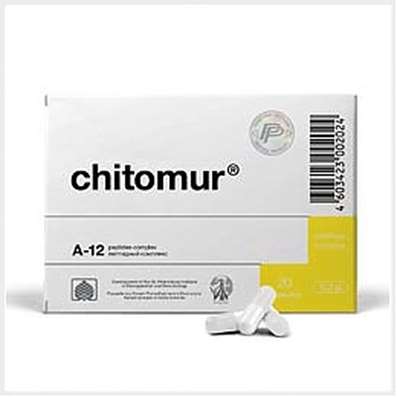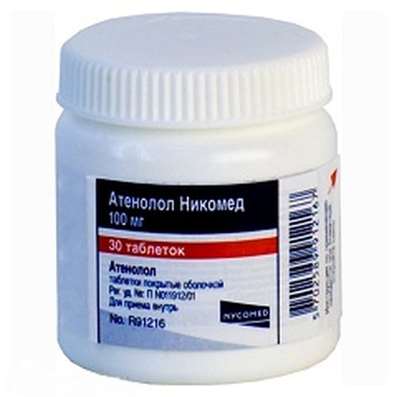Mechanism of memory, memories editing
22 Oct 2016
About the mechanism of Memory
We learn something, remember not only for weeks, but for years and decades. We remember that it was 10-20 years ago. With using what? Must be some kind of material carrier, and the carrier material in the brain - a protein. A protein molecule is formed, but after two or three days, it is metabolized, is replaced by a similar but new. And communication line up again on some pattern that is encoded in our genetic apparatus. It turns out that the memory can not be kept, because all the molecules are destroyed, if some new emerged, they too will be destroyed. So must be the maintenance of the mechanism of formation of the same molecules in the same places, ie, must be binding to a place in the nervous system. Normally, this contact between the nerve cells. And these trillions of contacts. We have billions of nerve cells, and each of these tens of thousands of links. It is necessary to support a locally-selective, and the brain is able to do so.
In recent years, it seems to have discovered a molecular cascade that is self-sustaining. That is, yes, a protein molecule in two or three days is replaced with a new, but they are altered as a result of the amount of training in the exact locations remain unchanged. That is our memory. It seems to have found a molecule that is associated with memory. Experiments were very simple: when exactly this molecule selectively reduced in numbers, the behavior is absolutely nothing has changed: wonderful fed animal, jump, run - anything, except for one - she faded memory of certain events. So far, this "removable" memory associated with the hazardous events - negative memory, shock hit the animal - that this memory can be, it appears, to erase selectively by introducing blockers for this protein is in this area. There's a problem in the selective delivery.
To improve memory functions we often use Phenotropil and Neiromidine (Ipidacrine).
About Editing Memories
Now there is a shaft of the work in this area. Well, we are also involved in this. And the problem is that the memory has been very dynamic process - it can, in fact, be changed, it can disappear and re-recorded. And it seems that it is possible to understand how it's done. Several hypotheses exist that can be selectively very locally erase the memory or vice versa it there somehow put. It will be extremely interesting, it will be a big jump in general throughout physiology. U we have trillions of connections, and you want to change only a few hundred of them, selectively, the rest do not touch. Nature knows how to do it, we do not yet know how.
There may be a technological breakthrough. Now there are some very interesting studies nano-platforms with nano-delivery. If we can solve the problem with the delivery of the election, then perhaps it will be possible as well, do not form a memory, as an old erase memory. This can be done if the technology delivery problem will be solved.
a memory study
Subject memory historically Ivan Pavlov in Russia was very fashionable, popular and taught very well so far. In this area, I taught a course, I know very well that the Russian preparations in this area - it is one of the best in the world, because we have a very big tradition, and all the literature - in Russian. In English it is very small, oddly enough. There are individuals engaged in such research, and of whole courses, such information which is in Russian - probably in America can be found, while in other countries it is already problematic. And so in this regard the opinion of Russian scientists is very appreciated, because everyone understands that a great story, school research behind it.
And then, in the memory is still no technological breakthrough, by which Western scientists could skaknut forward. there was a hypothesis about a particular molecular cascade in the past few years. But it is possible to investigate, and not using technology very seriously. We at the institute are working on the level of Western scholars unpublished data, we closely communicate with them, and while they have not yet published the publication, we have similar work is going.
the difference between the physicians and biologists
Do physicians and biologists have a serious difference: the physician should be that all was normal, but the biologist norm just is not needed. The biologist must unbalance, out of the norm, and then he will see what's inside the body.
The purpose of the biologist - to understand how the body, what are the mechanisms. The goal of physicians - to maintain normal. And the difference in order to effect a little. But, nevertheless, biologists, and physicians perceive a man and any animal as a single creature. And the environment, and everything around us, all the incentives, all the animal state, are able to evaluate it as a whole.
the search for ideas and neurocomputers
I have seen, unfortunately, it is the opinion of physicists, that the idea can be explored. The proposals were such grants were such. But it is impossible to explore the idea, because the thought does not exist in our bodies, in our brains, it is not. It is our metaphorical understanding of what is happening there. You see, awarding processes in the brain in such an epithet and then trying to explore the epithet - all this is doomed to failure automatically. Because it is necessary to explore what exists is material, in full conjunction with all others.
Yes, the neurons are activated upon receipt of information, but the very concept of the idea - it is a purely abstract concept. She's not there, so look for it there is meaningless and posed as a problem especially. Sometimes it is very difficult, because in biology, especially in neuro-science, and people come from the physical and mathematical background. And there is a problem, there is a difference in views. Those neurocomputers - it is quite fashionable. But neurocomputers generally unrelated to the brain do not have. This is purely a fashionable term, they tried, to simulate the brain, but then came up with a completely new principles, which are not in our brain. These studies resulted in a slightly different principles of conventional computer equipment.
recognition of odors
Research physicists, mathematicians, based more on their perceptions of the brain, rather than on real biological data. A classic example - it is arranged as a recognition of odors. It was believed that the recognition of smells exactly the same answer millions of neurons in the primary receptor areas, and only about a thousand centers, where information converges. Scientists have tried to make and model of the device for detecting very weak odors (eg, explosive molecules in the air and so on) based on the structure of the system. Very large sums of money have been released for it in America.
The device did not work, and in 1998 published data, in fact everything is arranged. It turns out that all of these millions of neurons are divided into thousands of types, and each type are uniformly distributed, they all send processes at one point, thousands of these dots. The fact that the millions of neurons in the receptor epithelium updated every 30-35 days, constantly emerging new processes and sends information to processing centers. It is genetically encoded, and each new neuron independently finds its way to your process. This principle is no one even suggested, it was seen purely morphologically. And then we understand how the coding of odors. Really simple, effective way of coding, which was not predicted by anyone. Nature, she's always one step ahead.
human and animal memory
Apparently, the main mechanisms of memory are absolutely the same. Moreover, to everyone's surprise, it turned out that the basic molecules that are involved in the most critical moment of the memory lock, were super conservative. Do snails and humans the same basic molecule by 98%. Apparently, evolution has occurred in the selection of the most effective mechanisms, and so they survived. Differences are already in the system as it is connected. If the same snail is the simplest version of the 3-4 elements, then it is 3-4 million a person, and a lot more options. However, the underlying molecular mechanisms have been super conservative.
In some animals, such as insects appeared in special molecular evolution. However, the underlying molecular mechanisms, like, like, too. For example, the same neurotransmitters, i.e. substances released by neurons to communicate with each other. Classic only about 40, and they are the same in structure in all animals. They have the most lower organized animals and we have added only protein influence. Proteins much greater variability. And it acquired the qualities that a person has, in contrast to other animals. Already by combinatorics, of the same elements, you can create a completely different system.

 Cart
Cart





